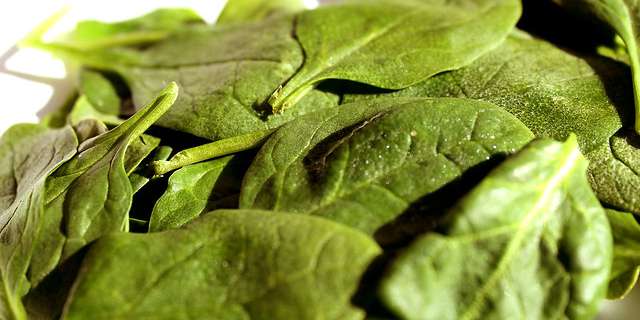
Fruits and vegetables both provide a ‘good source’ of vitamin C which is recommended in our daily diets. Image Source: Flickr user Daniella Segura
Summer is officially over and autumn is upon us, with shorter days and colder weather already spreading its frigid hand across the northern regions. Along with this drastic shift in climate, comes the dreaded cold and flu season which has consumers filling their shopping baskets with citrus fruits and vitamin supplements in hopes of warding off any germs lurking nearby. Vitamin C (ascorbic acid) typically takes the spotlight when it comes to nutritional value and immunity-boosting potential and is easily measured in color absorption through the use of spectrophotometers.
Consumers flock the produce and supplement isles in search of products that contain high levels of vitamin C (ascorbic acid) to help boost body functioning and strengthen their immune systems. Image Source: Flickr user Pink Sherbet Photography
Staking a claim on vitamin C
Color absorption measurement of vitamin C is important to nutritional and medical research analysts because of the substantial health benefits it provides. Due to these claims, it is widely desired by consumers for its renowned ability to boost the immune system, but the benefits do not stop there. Today’s research shows multiple benefits of vitamin C, which include:
- helping to prevent cancer and heart disease
- detoxifying the body
- supporting the good bacteria in your gut
- preventing hardening of the arteries
- building collagen, which help prevent wrinkles
- neutralizing harmful environmental and bacterial toxins
- destroying free radicals
- combating stress and acting as an antidepressant
- removing heavy metals like mercury and lead
- lowering high cholesterol
Food provides the main source of vitamins for humans, so the ability to determine quantitative levels of ascorbic acid in food products through color absorption is essential. Strict guidelines have been developed through the FDA (Food and Drug Administration) that state the requirements for making claims on the health benefits of vitamin C in food products, dependent on their color absorption measurement levels. The FDA requirements for food indicate that it must be a fruit or vegetable and provide a “good source” of vitamin C without fortification.
Food products must be able to provide quantifiable data that proves a significant level of vitamin C is present. Color absorption measurement through spectrophotometric analysis provides the most accurate and easy-to-use analysis for this purpose.

